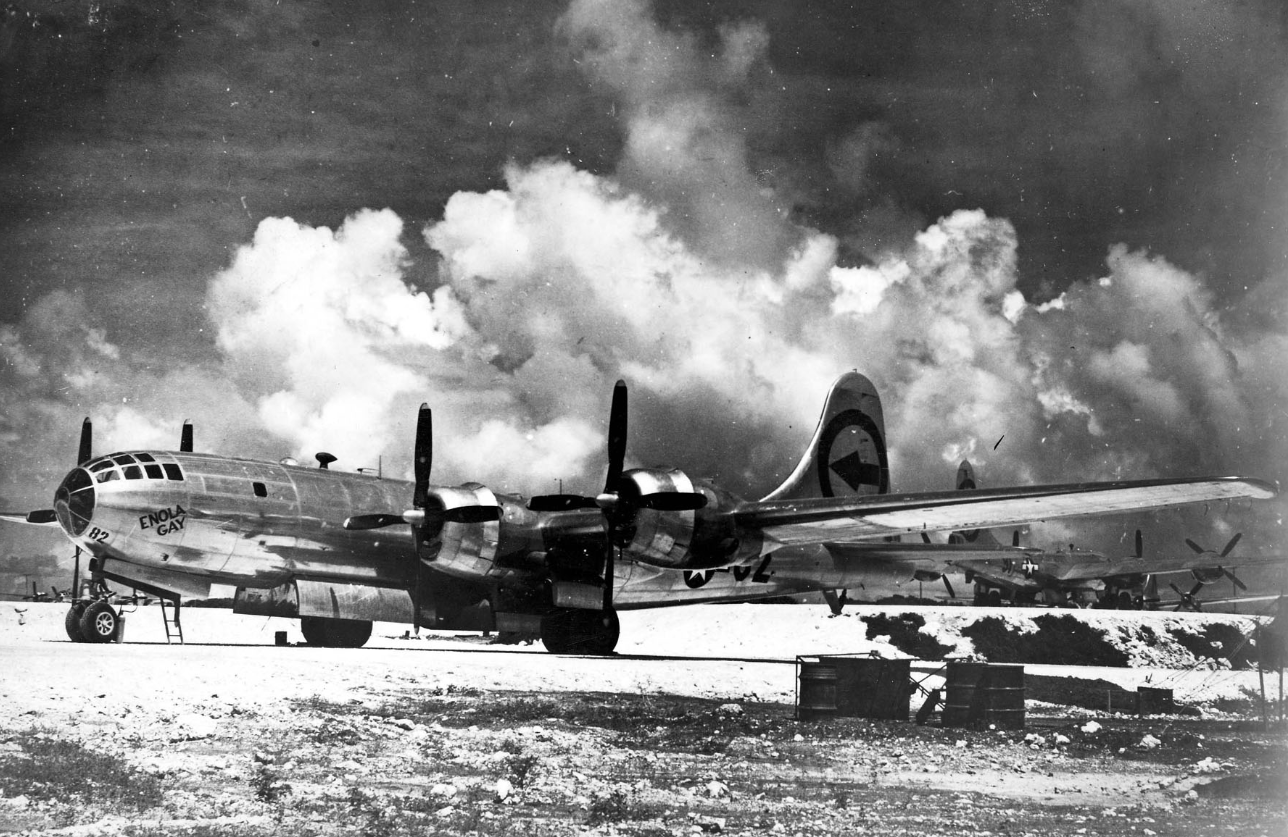
Few works of American war history have incited as much controversy and passion as the Enola Gay—the B-29 Superfortress that released the first atomic bomb on Hiroshima. Its history is not simply one of the advent of the nuclear age but also of how one aircraft became the focus of a vitriolic national debate concerning war, victory, and the human toll of both.

The B-29 Superfortress: Engineering Marvel and Wartime Workhorse
The B-29 was a significant advancement in aviation technology. With an ability to fly at 400 mph and carry a 10-ton load at a distance of 2,500 miles, it was the most sophisticated bomber then. It had pressurized cabins, remote-controlled turrets, and high-powered engines. The program was more expensive than any other war project of World War II, even costing more than the Manhattan Project. Though marred by initial design problems—infamously likened by General Curtis LeMay to an insect collection—it was the turning point in the Pacific War.

The Enola Gay took its name from pilot Paul Tibbets’ mother. It was among several B-29s specially prepared under the “Silverplate” program to be used with atomic bombs. The modifications involved strengthened bomb bays, better engines, and fewer defensive guns for increased speed and distance. Tibbets and his crew flew from Tinian Island on August 6, 1945, and dropped the “Little Boy” uranium bomb over Hiroshima. This was followed a few days later by the bombing of Nagasaki, which resulted in Japan’s unconditional surrender and the conclusion of the war.

Smithsonian’s Ambitious Plan: A Complete Story
By the late 1980s, the Enola Gay was in disrepair, having suffered years of storage and looting by souvenir seekers. Veterans’ organizations lobbied for its return, and the Smithsonian’s National Air and Space Museum concurred, planning to exhibit the plane for the war’s 50th anniversary. The museum’s director, Martin Harwit, perceived a chance to do something more than just a simple display and create an exhibit that would investigate the full context of the bomber’s history.

The provided 500-page plan from the curators was for an exhibit called “Crossroads: The End of World War II, the Atomic Bomb, and the Origins of the Cold War.” The curators hoped to explain the technical narrative of the B-29 and the human narrative of the bombing, presenting visions from both the Americans and the Japanese. It would cover the Pacific War, the process of decision-making, the Hiroshima mission, the devastation that ensued, and the impact of the bomb on the Cold War years.

The Culture War Ignites
The museum officials were aware that the exhibit might provoke a backlash, but the reaction was more severe than anticipated. Veterans’ organizations, particularly the Air Force Association and the American Legion, criticized the Smithsonian for dwelling too much on Japanese atrocities and not at all on the need for the bomb. They insisted the exhibit declare unequivocally that the bombings brought an end to the war, preserved innumerable American lives, and represented the only possible choice—arguments still disputed by historians.

Media coverage heightened the controversy. Headlines described the exhibit as anti-American, and quotes taken out of context incited outrage. Politicians weighed in, particularly after Congressional political realignments, threatening the Smithsonian’s appropriations and calling for revisions in the content of the exhibit.

The Exhibit Scaled Back: From Vision to Display
The Smithsonian was revised several times under increasing pressure. Photographs and artifacts documenting the aftermath in Japan were reduced, casualty numbers were contested, and most of the critical analysis was deleted. Smithsonian Secretary I. Michael Heyman eventually canceled the original plan altogether. What was left was a simple exhibition: the front section of the Enola Gay, some wartime headlines, and a brief film about restoring it. As Heyman described it, it was left “more to the imagination.

The final version, which opened in June 1995, had little in common with the original proposal. Critics labeled it too sanitized, while most veterans’ organizations felt that it was finally respectful. Harwit, not wanting to compromise the telling of the whole story, resigned from his post.

Legacy: Memory, Politics, and the Enola Gay
The Enola Gay controversy had a lasting impact on how cultural institutions treat sensitive military history. The battle left museums wary of displaying exhibits that contradict popular narratives. Today, the plane is exhibited at the Smithsonian’s Udvar-Hazy Center with limited context, its fuller story partially untold.

In the end, however, the argument over the Enola Gay was never about the airplane itself. It is about who gets to say how history should be commemorated—whether museums should celebrate triumph or challenge their victory, comfort the visitor or disturb him with the difficult truth of war. That question remains as pertinent today as it was the day the exhibit first opened.
